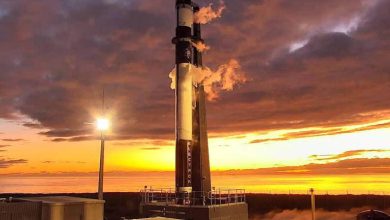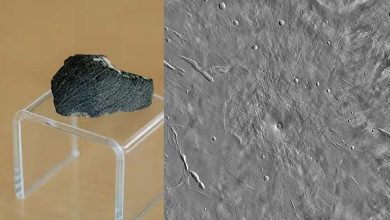Hot ‘Salsa: European satellite catches fire during re-entry

SCIENCE: The European Space Agency’s (ESA) SALSA satellite destroyed in a carefully orchestrated re-entry over a select region of the South Pacific on Sunday in what agency officials described as the world’s first such satellite. SALSA was one of a group of similar satellites called the Cluster that was launched in 2000 to monitor Earth’s magnetic field and its interaction with the solar wind to improve space weather forecasting. After orbiting Earth’s poles for nearly a quarter of a century (a vantage point that allowed SALSA to study inaccessible parts of our planet’s magnetic field), the prolific satellite entered orbit at 2:47 a.m. ET (1847 GMT) on Sunday, the first satellite in its group to burn up after a successful re-entry.
ESA had predicted that most of the 550-kilogram satellite would burn up 50 miles (80 kilometers) above Earth’s surface. The agency had previously said the target return point in the sparsely populated South Pacific west of Chile would ensure that any survivors would drown in the open ocean. Such planned re-entries of satellites at the end of their lives will require operators to move their assets to a pre-determined area, which scientists say can reduce the impact on Earth’s orbit and surface and potentially help reduce waste in populated areas.
“SALSA’s re-entry has always been associated with a very low risk, but we wanted to push the boundaries and reduce the risk even further,” ESA’s operations director Rolf Densing said in a statement, in line with the “zero waste” approach. In January, for SALSA’s planned death dive, mission operators lowered the satellite’s orbit through a series of four manoeuvres, and placed it over the South Pacific Ocean. ESA said the timing of these missions was crucial for a smooth re-entry as SALSA entered Earth’s shadow in February, where it remained locked in place and would not be able to rely on its solar panels for power generation for the next few months.





